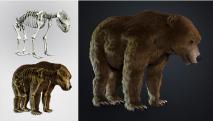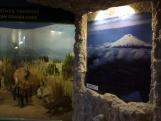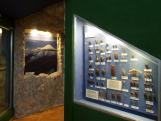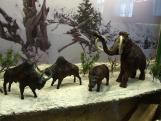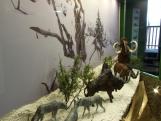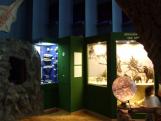2024. April 25. Thursday
Ferenc Móra Museum - Museum of Csongrád County Government - Szeged
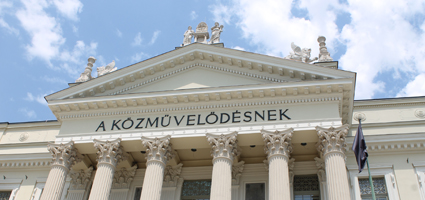 |
Address: 6720, Szeged Roosevelt tér 1-3.
Phone number: (62) 549-040
E-mail: info@mfm.u-szeged.hu
Opening hours: Mon-Sun 10-18
|
The exhibition has closed for visitors.
1990.01.01. - 2020.07.30.
Museum tickets, service costs:
|
Ticket for adults
|
1590 HUF
|
|
|
Ticket for adults
(lookout tower)
|
700 HUF
|
|
|
Ticket for students
|
990 HUF
|
|
|
Ticket for students
(lookout tower)
|
500 HUF
|
|
|
Ticket for pensioners
(lookout tower)
|
500 HUF
|
|
|
Individual ticket for pensioners
|
990 HUF
|
|
|
Ticket for families
(max. 2 adults + 2 children)
|
4490 HUF
|
/ family
|
|
Ticket for families
(lookout tower, max. 2 adults + 2 children)
|
2000 HUF
|
/ family
|
|
Combined ticket for adults
(all exhibition places in Szeged)
|
2490 HUF
|
|
|
Combined ticket for students
(all exhibition places in Szeged)
|
1490 HUF
|
|
|
Combined ticket for pensioners
(all exhibition places in Szeged)
|
1490 HUF
|
|
|
Combined ticket for families
(all exhibition places in Szeged, max. 2 adults + 2 children)
|
6990 HUF
|
/ family
|
|
Guide
|
7500 HUF
|
/ place
|
|
Guide
|
10000 HUF
|
/ place
|
The going round is opened by a turning ball equipped with a time spiral. Since we move from the simple to the more complicated let us start our journey with the inanimate empire of nature. First, the beautiful minerals and stones grab our attention. These are followed by the paleobotanical findings, especially the species of the Carbon Period, which are coal forms of. Besides the imprints, colorful land constructions help the visitors in revoking the memory of old forests.
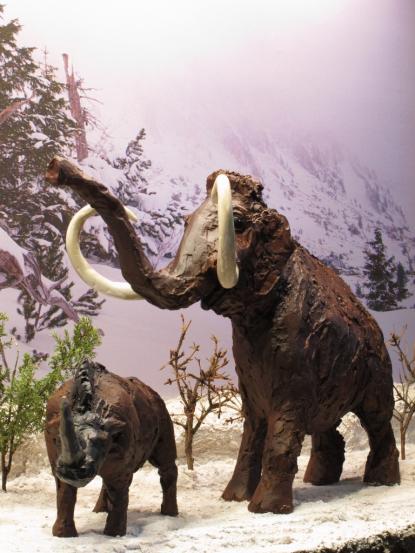
Following this, old skeletons of animals and imprints remind us of the passing time. A graphic model reconstructs the twirling of water. There are some rare tropic species in the fish tank.
In the basement of the gallery, we step over the boundary of water based and land based creatures which was a milestone in our history. In the upper part of the gallery, we begin our journey in the Carpathian Basin in our region, the South of the Great Plane. We created three smaller dioramas: saline lakes, foreshore of the Tisza, and sand area. First, we can see the dying out world of birds. The flora and fauna of a hypothetic forest in the mountains present the biotop types of the Carpathian Basin. We may also see bears, foxes, and wolf at the dioramas.
Returning to the ground floor, the visitors may see the diorama of the desert of Arizona placed after the steps. The vegetation map of the Earth follows the live picture of the desert and the animals living on the grass covered area of South America. Besides the steps in a store the exotic bugs of Mid- and South America are shown.
The Andok is built of artificial cliffs. Through a tunnel underneath, we arrive at the middle of the ancient forests. We can see all kinds of exotic birds from hummingbirds to toucans. There is a small but representative collection of butterflies as well. Besides the primeval forests, we show the skin of some of the Amazonian reptiles to demonstrate their grandiose size.

Following this, old skeletons of animals and imprints remind us of the passing time. A graphic model reconstructs the twirling of water. There are some rare tropic species in the fish tank.
In the basement of the gallery, we step over the boundary of water based and land based creatures which was a milestone in our history. In the upper part of the gallery, we begin our journey in the Carpathian Basin in our region, the South of the Great Plane. We created three smaller dioramas: saline lakes, foreshore of the Tisza, and sand area. First, we can see the dying out world of birds. The flora and fauna of a hypothetic forest in the mountains present the biotop types of the Carpathian Basin. We may also see bears, foxes, and wolf at the dioramas.
Returning to the ground floor, the visitors may see the diorama of the desert of Arizona placed after the steps. The vegetation map of the Earth follows the live picture of the desert and the animals living on the grass covered area of South America. Besides the steps in a store the exotic bugs of Mid- and South America are shown.
The Andok is built of artificial cliffs. Through a tunnel underneath, we arrive at the middle of the ancient forests. We can see all kinds of exotic birds from hummingbirds to toucans. There is a small but representative collection of butterflies as well. Besides the primeval forests, we show the skin of some of the Amazonian reptiles to demonstrate their grandiose size.

